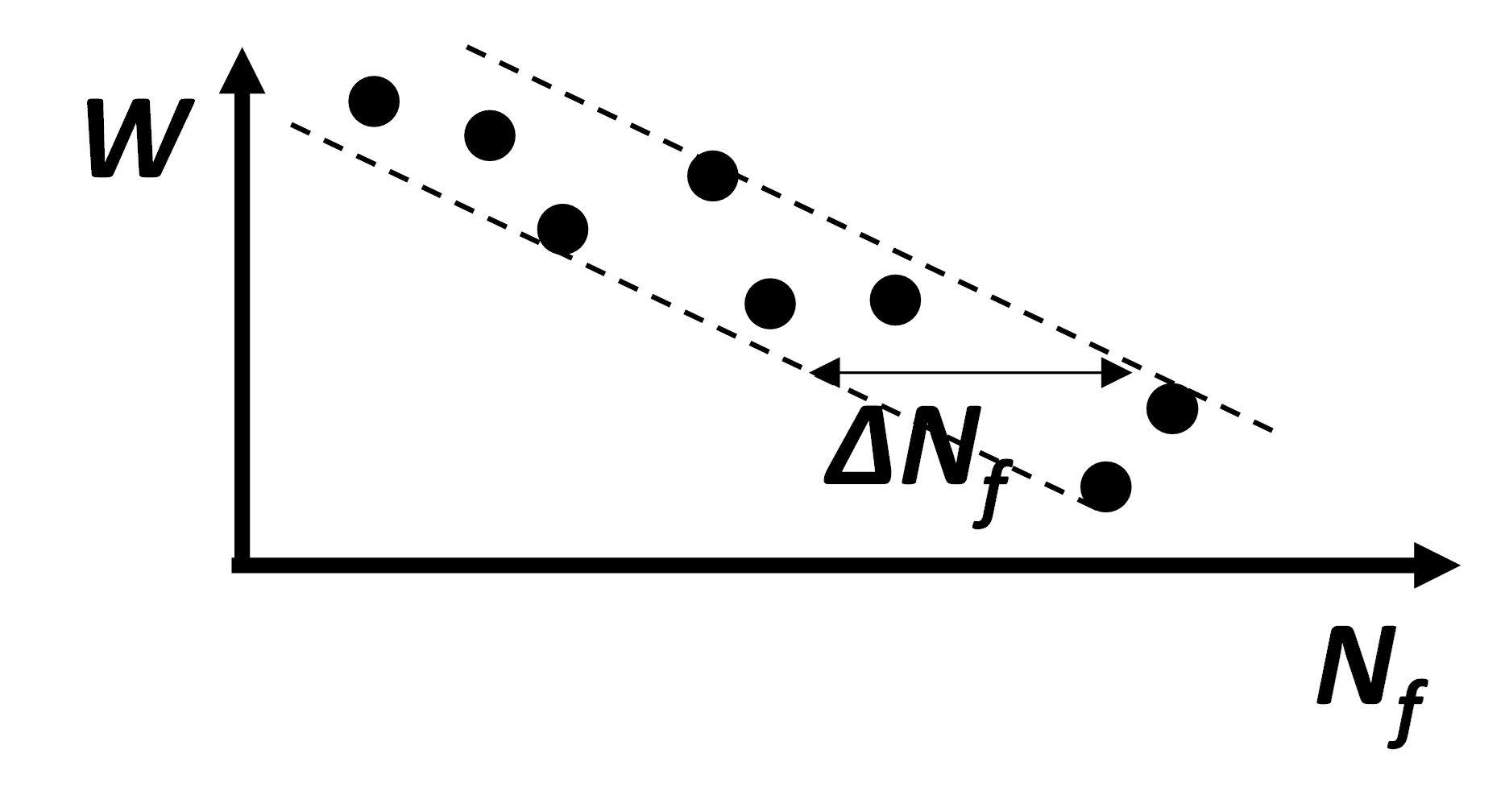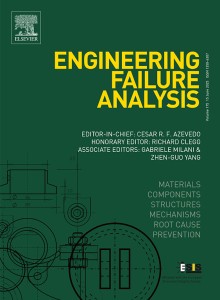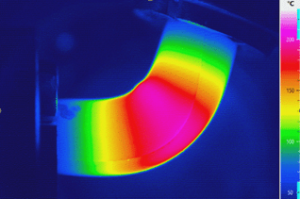I get this question a lot: how well can the Endurica software predict fatigue life? Is it as good as a metal fatigue code, where a factor of 2x is often quoted as a target tolerance?
The answer is yes, fatigue life predictions can reach and beat this level of accuracy. But as always, knowledge and control of the problem at hand is key. We must keep in mind that fatigue behavior varies on a logarithmic scale. It depends on many variables. It depends on how failure is defined in the simulation and in the test. Small variations of an input may lead to large variations of the fatigue life. So, to achieve the best tolerances, careful specification, measurement, and control are required of both simulation and test.
Analysis tolerances depend on whether the analysis workflow is “open loop” or “closed loop”. In an open loop workflow, the analyst is typically in the position of having to accept without question the as-given material properties, geometry, boundary conditions and load history. The analysis is completed and reported. Decisions are made and life goes on. In a closed loop workflow, there are additional steps. These include a careful review of differences between the test and the simulation, as well as identification and correction of any erroneous assumptions (about material properties, geometry, boundary conditions, and load history).
Open loop workflows produce larger tolerances. Every situation is different, but do not expect tolerances tighter than perhaps a factor of 3x-10x in life, when working in open loop mode. There is just too much sensitivity, too many variables, and too little control in this mode. The open loop mode does have a few advantages though. It takes less work, less time, less cost. And it is often useful for ranking alternatives (ie A vs. B comparisons).

For high accuracy, a closed loop workflow is required. It is rarely the case that initial assumptions are sufficiently error-free to support tight tolerances on fatigue life prediction. Therefore, careful measurement and validation of material property inputs, part dimensions, load-deflection behavior, pre-stresses, etc. should be made. Where gaps are found between test and simulation, appropriate amendments to the test and/or to the simulation should be adopted. This approach yields high confidence in the simulation results, and good accuracy in fatigue life predictions. We have seen users hit life predictions to better than a factor of 1.1x with this approach! Although this approach requires more effort, it results in more complete mastery of part design, and it yields a much stronger starting position for subsequent products.

While “right the first time” engineering is possible with either open or closed loop, the closed loop approach benefits from progressive refinement of the analysis inputs and it ultimately gives the highest success rate.








